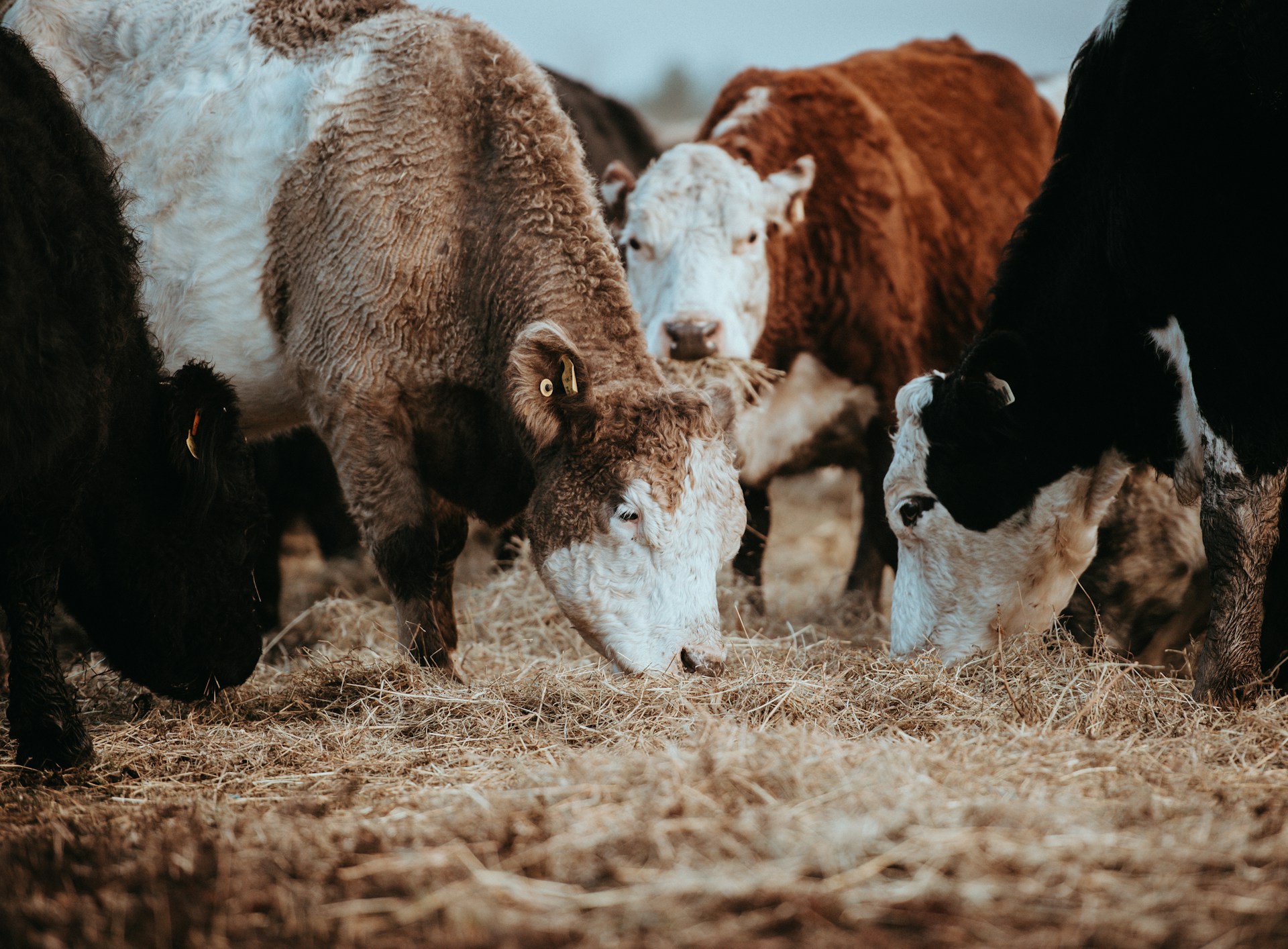US Tariff Uncertainty: What It Could Mean for Australian Beef Producers

Australia’s beef industry is watching closely and waiting as the United States moves towards implementing a new tariff structure that could have serious consequences for our export market.
Earlier this year, there were early signs that Australian beef exports to the US would be hit with a 10% baseline tariff under President Trump’s “Liberation Day” tariffs. While still a blow, this level was considered manageable and better than what many other countries were facing.
But now in late July, that expectation was shaken.
President Trump told a press conference that he is now considering lifting the baseline tariff to 15–20% on beef and other goods from countries that have not yet finalised trade agreements with the US.
“We’re going to be setting a tariff for essentially the rest of the world, and that is what they’re going to pay if they want to do business in the United States,” President Trump said.
This change is due to take effect from August 1, and as of now, Australia does not have a signed deal with the US. The UK (10%), Japan (15%) and the EU (15%) have already locked in their arrangements.
Why This Matters for Australia
The US is one of our largest beef export markets. In 2023, Australia exported billions of dollars worth of beef, with a significant share going straight to American shelves and food service.
A move from 10% to 15–20% tariffs could:
- Erode Australia’s competitiveness in the US market
- Put downward pressure on beef prices here at home
- Create market uncertainty for graziers, feedlots and processors who depend on stable trade conditions
Australia was initially seen as likely to receive a favourable tariff rate due to our $74.4 billion trade deficit with the US (most tariffs target surplus countries). However, the sudden change in tone has thrown that expectation into doubt.
The Bigger Picture: US Beef Is Gaining Ground Elsewhere
While Australian exporters face this uncertainty, US beef producers are actively gaining advantages in other key markets:
- Japan: US tariffs on chilled and frozen beef are phasing down from 21.6% to 9% by 2033 – matching Australia’s terms.
- South Korea: US producers are pushing to remove long-standing BSE restrictions (so far, without success).
- Indonesia: The US has secured zero-tariff access.
On top of this, the US recently regained access to export beef into Australia – a win celebrated by American cattle groups.
What Happens Next?
If the US imposes a 15–20% tariff from August 1, it will directly affect the price Australian producers receive for beef destined for that market.
In a time where margins are already tight due to input costs, seasonal pressures and market volatility, this added layer of uncertainty comes at a difficult moment.
While negotiations may still deliver a lower tariff for Australia, the industry will be watching closely. Exporters and producers alike are calling for clarity and a trade agreement that keeps Australian beef competitive in the US market.
James Bradford Rural’s View
Global trade decisions made thousands of kilometres away can have very real consequences for rural communities here in Australia. Our advice?
- Keep an eye on these developments in the coming weeks
- Review your risk management and marketing plans
- Talk to us at James Bradford Rural about alternative strategies should this market disruption take hold
One thing is certain – in times of uncertainty, informed decisions are more important than ever.
Image Source: ANZ


